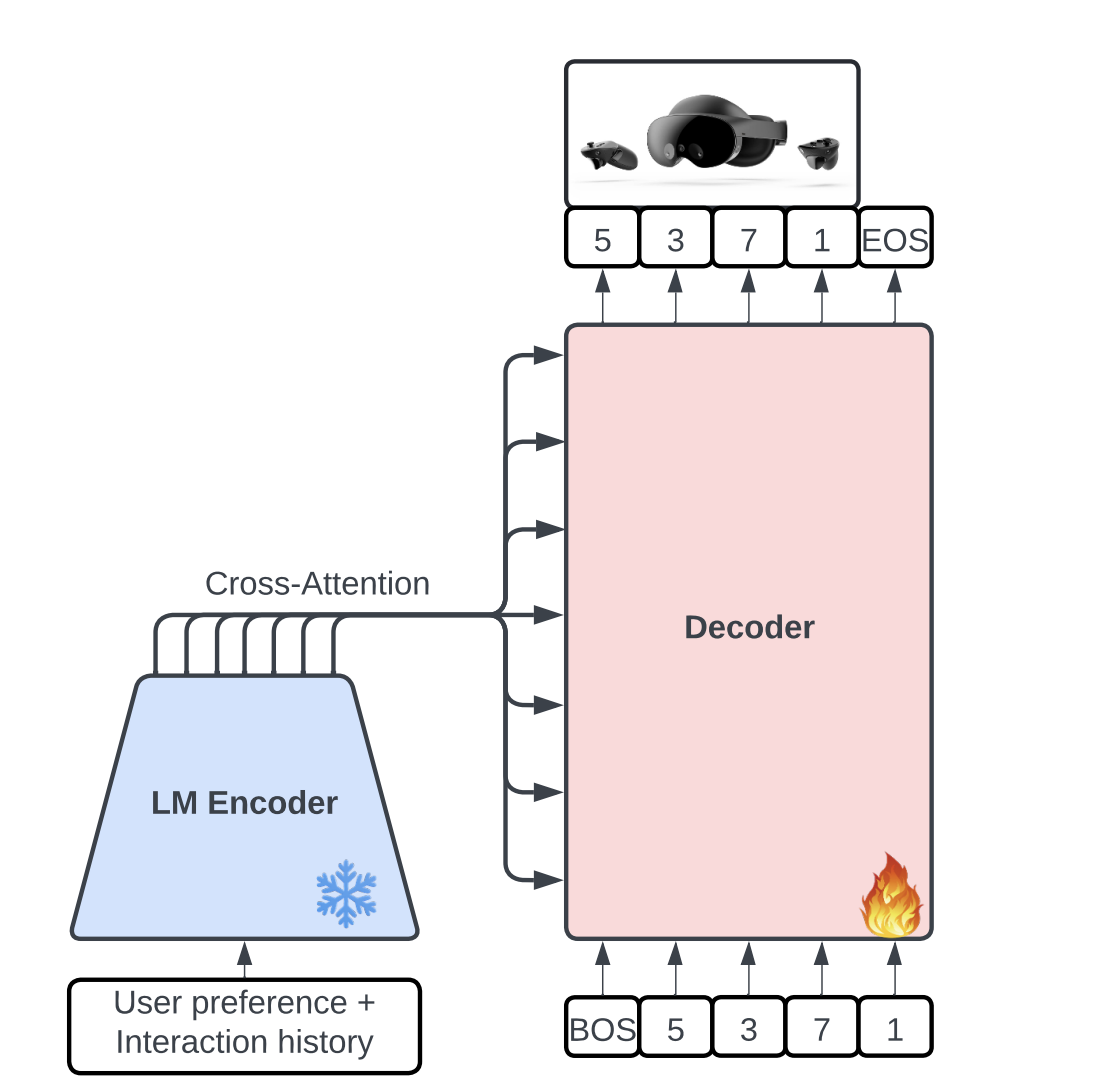
Understanding Sequential Recommendation Systems
Sequential recommendation systems are essential for creating personalized experiences on various platforms. However, they often face challenges, such as:
- Relying too much on user interaction histories, leading to generic recommendations.
- Difficulty in adapting to real-time user preferences.
- Lack of comprehensive benchmarks to evaluate their effectiveness.
Introducing Mender: A New Solution
A team of researchers from Meta AI and other institutions has developed a new approach called preference discerning, supported by a generative retrieval model named Mender (Multimodal Preference Discerner). This innovative method focuses on:
- Using natural language to express user preferences.
- Extracting actionable insights from reviews and item-specific data.
How Mender Works
Mender operates on two levels:
- Semantic IDs: Identifying items based on their meaning.
- Natural Language Descriptions: Understanding user preferences in everyday language.
This multimodal approach allows Mender to adapt dynamically to user preferences.
Technical Features of Mender
Mender integrates user preferences with interaction data effectively. Key features include:
- MenderTok: Processes preferences and item sequences together for fine-tuning.
- MenderEmb: Precomputes embeddings for faster training.
Key Benefits of Mender
- Preference Steering: Customizes recommendations based on user preferences.
- Sentiment Integration: Enhances accuracy by considering user sentiment.
- History Consolidation: Combines new preferences with past data for better results.
Results and Insights
Meta AI’s evaluation of Mender shows impressive performance improvements:
- Over 45% improvement in Recall@10 on the Amazon Beauty subset.
- 86% better performance in sentiment following compared to other methods.
- 70.5% relative improvement in fine-grained steering of recommendations.
Conclusion
Meta AI’s preference discerning paradigm offers a new way to enhance sequential recommendation systems by focusing on user preferences expressed in natural language. This approach, combined with large language models and a robust benchmark, significantly improves personalization. Plans to open-source the code and benchmarks will further benefit various applications in personalized recommendations.
Get Involved
Check out the research paper and follow us on Twitter, join our Telegram Channel, and connect with our LinkedIn Group. Join our community of over 60k on our ML SubReddit.
Transform Your Business with AI
To stay competitive, consider the following steps:
- Identify Automation Opportunities: Find key customer interactions that can benefit from AI.
- Define KPIs: Ensure measurable impacts on business outcomes.
- Select an AI Solution: Choose tools that fit your needs and allow customization.
- Implement Gradually: Start with a pilot project, gather data, and expand wisely.
For AI KPI management advice, contact us at hello@itinai.com. For ongoing insights, follow us on Telegram or Twitter.
Explore AI Solutions
Discover how AI can enhance your sales processes and customer engagement at itinai.com.


























